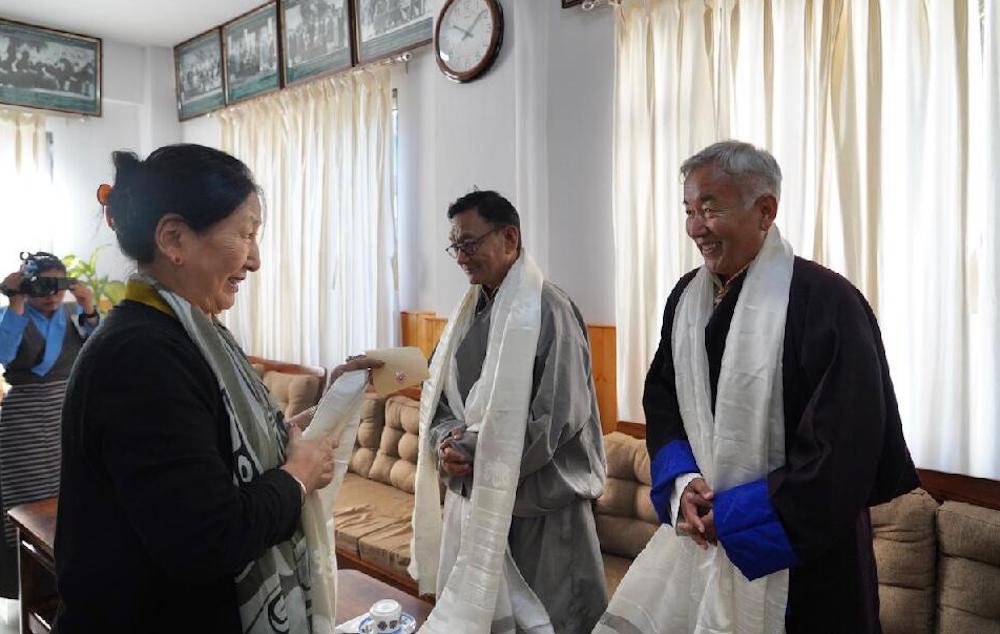Tsering Dhundup
DHARAMSHALA, Oct. 7: The Rubin Museum in New York City, which was previously praised by His Holiness the Dalai Lama for preserving Himalayan art and culture, closed its physical exhibition space after 20 years On Sunday.
The museum is transitioning to a different exhibition format, and will continue to showcase Himalayan art through traveling exhibitions and collaborations across the United States, Europe, Asia, and other locations, following global museum trends.
Some of the Rubin Museum’s exhibits are provided to other museums as part of long-term loans from its holdings. One such example is the Tibetan Buddhist Shrine Room, which has been loaned to the Brooklyn Museum for a period of six years. Although it remains under the Rubin’s ownership and is not a formal acquisition, the exhibit includes more than 100 works of art and ritual objects, carefully arranged to replicate an elaborate private shrine. As one of the Rubin’s most popular installations, it offers an immersive experience into the arrangement of art, furniture, and ritual items in a Tibetan household shrine, providing cultural and spiritual insights to a broader audience.

The Rubin Museum was founded in 2004 by Donald Rubin and his wife, Shelley Frost Rubin. A few months after its opening, His Holiness the Dalai Lama visited the museum and commended Mr. Rubin for exhibiting and preserving Himalayan art. On the closing day, a ceremony was held on 17th Street in New York City outside the museum, featuring performances by the New York Tibetan artists.
When the museum announced its closure at the beginning of this year, Executive Director Jorrit Britschgi stated, “We are proud of what we’ve accomplished through exhibitions, programs, and gatherings. We’re grateful that many visitors have described our unique museum as a sanctuary and even a life-changing place. Our art has taught us that change is constant and inevitable, and we’re embracing this lesson as we reimagine our model and redefine what a 21st-century museum can be.” The closing ceremony also included an interactive art project where artists and visitors could write their wishes and feelings on hanging banners.
The closure has evoked emotional responses from regular visitors. Maria Paz Alegre, who used to meditate and visit the museum, expressed her sadness on Instagram, describing the museum as a valuable center for Buddhist and Himalayan exhibitions in New York. She mentioned how she relied on the museum’s online streaming during the COVID-19 pandemic when she felt emotionally lost. Another visitor, Raagini Pareek, shared that the Rubin Museum was her first art history teacher in graduate school and one of her favorite places in New York City, noting that its absence will create a different feeling in the city.
Tibetan contemporary artist Tenzing Rigdol penned a letter expressing gratitude to the founders for their help and support to Himalayan and Tibetan arts as well as his own work.
The museum primarily showcased Tibetan and Himalayan paintings and photographs to visitors from New York and around the world. It explored cultural changes through art, collected Tibetan Buddhist artworks, and promoted understanding of human evolution and the power of Himalayan art. In 2015, in collaboration with the Brooklyn Museum, they also exhibited a Tibetan Buddhist shrine, which became one of their most famous exhibitions. Over the past 20 years, more than 1 million people have said to have visited the museum.









